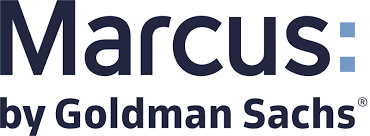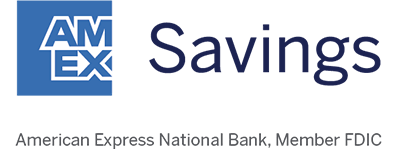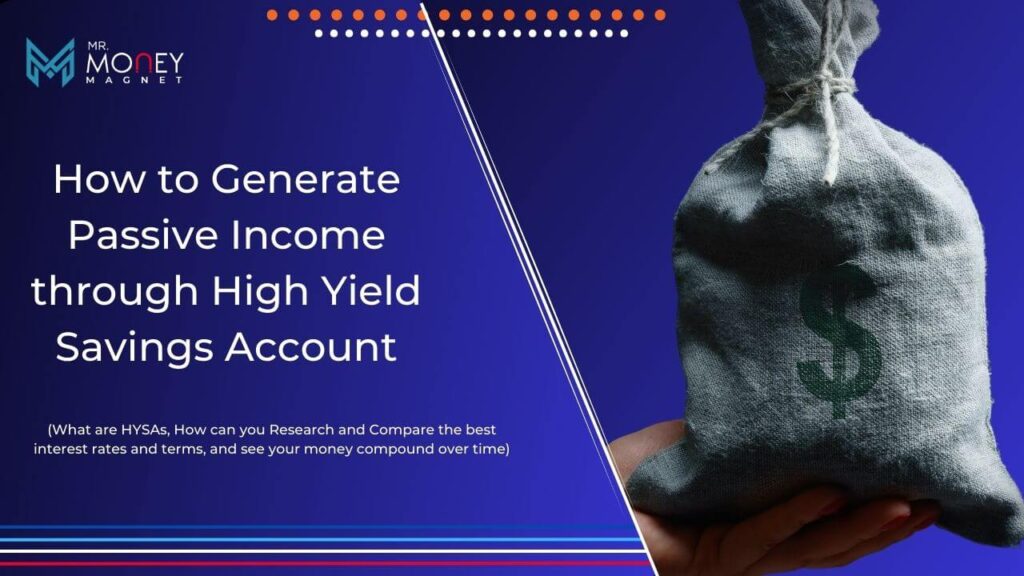How Can You Earn Passive Income from High Yield Savings Account?
High yield savings accounts are savings accounts that offer a higher interest rate than traditional savings accounts. The interest rate is typically higher because the bank is able to invest the money deposited in the account to generate a return.
To generate passive income through a high yield savings account, you will need to deposit money into the account and let it sit there. The interest earned on the account will be deposited into the account on a regular basis, providing you with passive income.
Here are some tips for generating passive income through high yield savings accounts:
- Choose a high yield savings account with a competitive interest rate.
- Consider a savings account with no minimum balance requirements or fees.
- Use an automatic savings plan to regularly deposit money into your high yield savings account.
- Keep track of the interest earned on your account for tax purposes.
- Reinvest your interest earnings to maximize your passive income potential.
High Yield Saving Accounts are one of the easiest and most prudent ways to make $100 a day passive income.
Why Should You Use A High Yield Savings Account?
Investors use high yield savings accounts for a variety of reasons, but the most common reason is to earn a higher return on their cash reserves. Below are some of the reasons why Investors use High Yield Savings Account:
- Higher Interest Rates - High yield savings accounts offer higher interest rates than traditional savings accounts, making them a great way for investors to earn a higher return on their cash reserves.
- Steady Interest Income - Investors can earn a steady stream of interest income without taking on too much risk by keeping a portion of their funds in a high yield savings account.
- Low Volatility - High yield savings accounts can be particularly appealing for investors who are looking to preserve their capital or who are hesitant to invest in more volatile markets.
- Financial Goals - Short-term savings goals, such as saving for a down payment on a house or a new car, can be achieved faster with the help of a high yield savings account.
- Liquidity - High yield savings accounts offer easy access to funds, making them a popular option for emergency savings. By using a high yield savings account, investors can earn a higher return on their emergency funds while still having quick and easy access to their money in case of an unexpected expense.
High Yield Savings Account Vs Regular Savings Account
Common features between HYSA and Regular Savings Account
- Insurance - Both types of savings accounts offer FDIC insurance, which means that your deposits are protected up to $250,000 per account per bank.
- Access to Funds - They also provide you with easy access to your funds, free of charge, unlike products such as CDs, which penalize you for withdrawing money before the term ends.
- Earned Interest - Additionally, both types of accounts earn compound interest, which varies based on the federal funds rate. As inflation rises, so too does the growth of your money.
- Easy to Open - Both Accounts are easy to open. You can login into the banking portal of the chosen bank, enter your credentials and have your account setup within minutes.
Differences between between HYSA and Regular Savings Account
- Interest Yield - As the name suggests, high-yield savings accounts offer substantially higher yields compared to traditional savings accounts. On average, traditional savings accounts offer interest rates of 0.33%, while high-yield savings accounts offer rates of 3.5% to 4.5% or more, which is 11 to 14 times higher.
- Minimum Balance - While there is no minimum balance requirement to open a traditional savings account, some high yield savings account require minimum balance requirements. This can be detrimental to people who are cash strapped or want to withdraw their cash below the minimum threshold.
Things to Look For In A High Yield Savings Account
When it comes to finding the perfect high-yield savings account, there are a few key factors to consider before committing to a financial institution. Whether you're opening a new account or looking to switch to a better option, taking the time to compare options across the marketplace can pay off in the long run. Here's a breakdown of what to look for and compare:
- Interest Rate: The first thing to consider is the interest rate that the account currently offers. It's important to note whether it's a standard rate or an introductory promotional rate. Savings account rates can be flexible and subject to change at any time, but some accounts may only offer the advertised rate for an initial period. It's also important to check for any minimum or maximum balance thresholds required to earn the promoted rate.
- Required Initial Deposit: Another important factor to consider is the amount of money required to open the account. It's essential to determine whether the minimum deposit requirement fits within your financial means.
- Minimum Balance Required: In addition to the initial deposit, it's crucial to know how much money is required to keep in the account. Falling below the minimum balance requirement can result in fees, which can offset the interest rate earnings.
- Fees: It's also important to find out if the financial institution charges any fees on the high-yield savings account. If so, it's worth exploring ways to avoid them, such as always keeping your balance above the minimum threshold.
- Links to Other Banks and/or Brokerage Accounts: If you're looking to link your high-yield savings account with deposit accounts at other financial institutions or brokerage firms, it's essential to determine whether the bank allows it. Additionally, check if there are any restrictions on linking multiple accounts or if there is a waiting period for new accounts.
- Accessing Your Money: Consider what additional options are available for withdrawing funds. Can you use an ATM card to withdraw funds from your savings account?
- Deposit Options: If you're planning to deposit checks into the account, check if the financial institution has a smartphone app that offers mobile check deposit. Otherwise, determine if you can mail in checks or deposit them by ATM.
- Compounding Method: Lastly, consider the compounding method utilized by the bank. Banks can compound interest daily, monthly, quarterly, semiannually, or annually. More frequent compounding will theoretically increase your take-home yield. If you compare accounts by APY instead of annual interest rate, the compounding factor will already have been taken into account.
By keeping these factors in mind and comparing options across the marketplace, you can find the perfect high-yield savings account to meet your financial goals.
10 Best High Yield Savings Account for 2023

Bask Bank
Key Features:
APY = 4.75%
Minimum balance requirement = $0
Quick Overview:

SoFi Bank
Key Features:
APY = 4.20%
Minimum balance requirement = $0
Quick Overview:
- No account fees - No overdraft fees. No minimum balance fees. No monthly fees. Plus, 55,000+ fee-free ATMs within the Allpoint® Network.3
- Up to 4.20% APY1 - Members with direct deposit can earn 4.20% APY on their savings and Vaults balances, and 1.20% APY on their checking balances.
- Up to 2-day-early-paycheck - Feel the magic of payday up to two days earlier—automatically—when you set up direct deposit.
- No-fee Overdraft Coverage - Overspent by accident? No problem. You'll be covered up to $50 with no fees with qualifying direct deposits.
- Cash back, close to home - Get up to 15% cash back at local establishments when you pay with your SoFi debit card.
- Increased FDIC Insurance - Deposits are insured up to $2M through a network of participating banks.

Marcus by Goldman Sachs
Key Features:
APY = 3.90%
Minimum balance requirement = $0
Quick Overview:
- No Fees
- Same day transfers available
- Account Support 24/7
- Interest Compounds Daily
- FDIC insured

Upgrade HYSA
Key Features:
APY = 4.56%
Minimum balance requirement = $1000
Quick Overview:
- No account fees, overdraft fees, or transfer fees
- FDIC Insured through Cross River Bank
- Same day transfers available

Upgrade HYSA
Key Features:
APY = 3.75%
Minimum balance requirement = $0
Quick Overview:
- Enter Offer Code DD223 and earn up to a $200 bonus on your first Discover Online Savings Account. See advertiser website for full details
- $0 monthly fees and no minimum opening deposit
- 100% U.S.-based customer service available 24/7
- FDIC insured

CIT Bank
Key Features:
APY = 4.75%
Minimum balance requirement = $5,000
Quick Overview:

Barclays HYSA
Key Features:
APY = 4.35%
Minimum balance requirement = $0
Quick Overview:
- Secure, 24/7 online access to your funds
- Online transfers to and from other banks
- Direct deposit to make saving simple and easy
- No monthly maintenance fees
- No minimum balances to open
- Tools to help you save
- FDIC Insured

American Express HYSA
Key Features:
APY = 3.75%
Minimum balance requirement = $0
Quick Overview:
- No minimums
- No Fees
- 24/7 superior customer service
- Easy access to your money, round-the-clock
- FDIC insured
- Backed by the service & reliability of American Express

Quontic HYSA
Key Features:
APY = 4.05%
Minimum balance requirement = $100
Quick Overview:
- An APY that’s over 11x higher than the national average2
- Interest compounded daily
- No monthly service, overdraft, or non-sufficient funds fees
- Fully mobile and online banking
- FDIC insured to the maximum legal limits


